Number Of Members:
Members
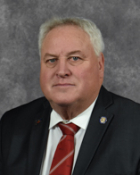


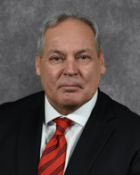


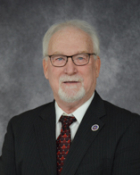

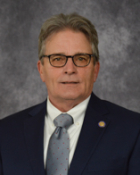
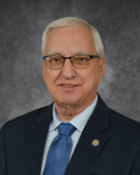
Committee Citizen Members


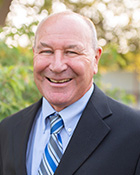



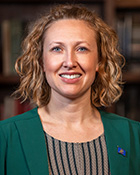


Staff
(2023 Senate Bill No. 2328 § 1) Establish and provide staffing and administrative services to a school funding task force facilitated by a nonpartisan leadership organization. The Chairman of the Legislative Management may add additional, temporary nonvoting members to the task force, as deemed necessary by the task force chair, to serve without compensation. The task force may include public school administrators or business managers, public school teachers, five members of the Legislative Assembly appointed by the Legislative Management, parents of public school students, representatives from the Department of Public Instruction, a representative from the Governor's office, and a representative from a regional education association. The school funding task force shall review litigation the state was a party to relating to school funding and the resulting implications for school funding models; analyze higher education funding sources to determine whether the sources may be used in whole or in part for the K-12 system; review school payment formulas to determine whether education costs can be equalized across the state; study the size, student population, and economics of school districts and the number of facilities within the district per square mile compared with student population; develop and study sliding-scale models within school districts based on size, student populations, and economics; assess the negative impacts of the current funding formula; study school funding formulas used by other states; determine the benefits of and incentives to promote school district consolidation; review school transportation costs considering location, size, and student enrollment; study high-cost student and special education student costs as those costs relate to the formula weighting factors; and analyze the cost of distance education, comparing the costs of different methods of instruction delivery, including synchronous as compared to asynchronous instruction. The task force may study the funding of school building maintenance and repairs considering location and whether buildings are located in a rural or urban area; and review ending fund balances and analyze how the current funding formula impacts ending fund balances.